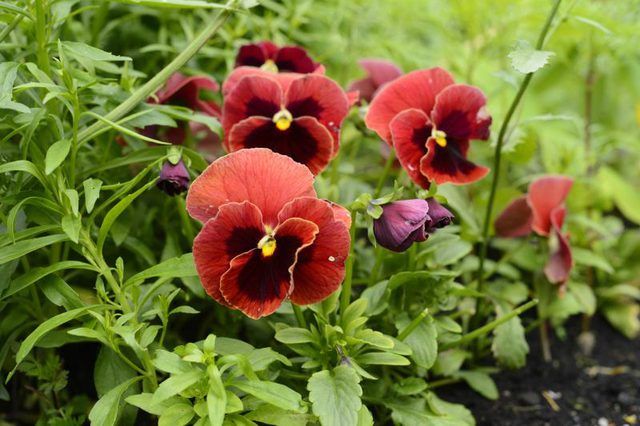Bulbs
Flower Basics
Flower Beds & Specialty Gardens
Flower Garden
Garden Furniture
Garden Gnomes
Garden Seeds
Garden Sheds
Garden Statues
Garden Tools & Supplies
Gardening Basics
Green & Organic
Groundcovers & Vines
Growing Annuals
Growing Basil
Growing Beans
Growing Berries
Growing Blueberries
Growing Cactus
Growing Corn
Growing Cotton
Growing Edibles
Growing Flowers
Growing Garlic
Growing Grapes
Growing Grass
Growing Herbs
Growing Jasmine
Growing Mint
Growing Mushrooms
Orchids
Growing Peanuts
Growing Perennials
Growing Plants
Growing Rosemary
Growing Roses
Growing Strawberries
Growing Sunflowers
Growing Thyme
Growing Tomatoes
Growing Tulips
Growing Vegetables
Herb Basics
Herb Garden
Indoor Growing
Landscaping Basics
Landscaping Patios
Landscaping Plants
Landscaping Shrubs
Landscaping Trees
Landscaping Walks & Pathways
Lawn Basics
Lawn Maintenance
Lawn Mowers
Lawn Ornaments
Lawn Planting
Lawn Tools
Outdoor Growing
Overall Landscape Planning
Pests, Weeds & Problems
Plant Basics
Rock Garden
Rose Garden
Shrubs
Soil
Specialty Gardens
Trees
Vegetable Garden
Yard Maintenance
About Winter Pansies
About Winter Pansies. Pansies (*Viola x wittrockiana*), also called winter pansies and ladies-delight, blossom in spring in cool climates and throughout winter in warmer climates. Yielding flowers in a rainbow of colors, they grow 4 to 10 inches high in small mounds or spreading masses and resist light frosts.

Pansies (Viola x wittrockiana), also called winter pansies and ladies-delight, blossom in spring in cool climates and throughout winter in warmer climates. Yielding flowers in a rainbow of colors, they grow 4 to 10 inches high in small mounds or spreading masses and resist light frosts.
Climate and Soil
Pansies are hardy perennials in U.S. Department of Agriculture plant hardiness zones 7 through 10 but usually are grown as annuals. They add color in borders, flowerbeds, window boxes and in pots on decks, patios and flanking doors.
The plants grow best when daytime temperatures reach about 60 F and nighttime temperatures are no lower than about 40 F. They bloom in fall and winter in areas with long periods of frost-free weather but flower best in mild spring weather. Their flowers fade and die in hot, summer temperatures. The plants should be pulled from the ground then.
Pansies do well with full-sun exposure. They will grow in deep shade but yield fewer flowers there. Plant seedlings in well-drained soil with a pH level of 5.4 to 5.8.
Planting Time
If you obtain pansy seedlings from a plant nursery, then select the smallest available size. If you grow your own seedlings, then plant pansy seeds indoors six to eight weeks before you plan to set the seedlings outdoors.
Plant seedlings outdoors in March or April in USDA zone 7; in February, October, November or December in USDA zone 8; in February, November or December in USDA zone 9 and in November or December in USDA zones 10 and 11.
The seedlings will tolerate cold nights and light frost when put outdoors.
Seed Sowing
Sow the seeds 1/4 inch deep in a soil mixture that is 1 part peat moss to 1 part perlite, and cover them to keep them in the dark. In an air temperature of 70 to 75 F, the seeds should germinate in 10 to 20 days. When you see tiny seedlings emerge from the soil, move them to a cool room with bright light.
When the seedlings develop two sets of leaves, separate the plants and transfer them to larger pots. Leave 6 to 8 inches of space between plants. Move the pansies to a sunny location that is 50 to 60 F.
Maintenance Chores
Water pansies enough to keep their soil consistently moist but not soggy.
When pansies actively grow, apply about 1 pound of 5-10-5, water-soluble fertilizer per 50 square feet of soil surface every three to four weeks, sprinkling the fertilizer on the soil and avoiding getting it on the plants. Then water the soil well.
Prevent damage to the pansies from cold, drying wind in an area with consistently freezing winter temperatures by covering the plants with a few inches of leaf litter, straw or other light mulch.